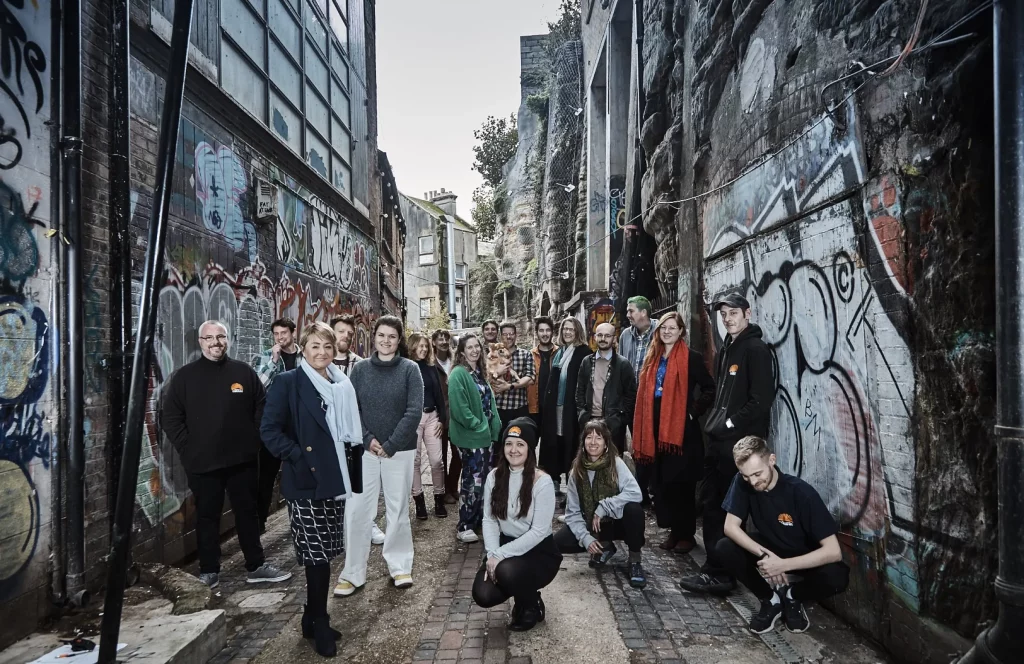The New Living Program in Perth, Western Australia, was created to fix run-down public housing areas, especially high-rise blocks built in the 1950s and 1960s. These estates had high crime, vandalism, poor amenities, and were unpopular places to live. The program aims to reduce large clusters of public housing, refurbish and sell homes, improve the area’s image, and create safer, more sustainable communities.
The project started in 1995 in Lockridge and Kwinana, where public housing once dominated. Old three-storey flats were demolished, the land subdivided, and homes refurbished. Half of the upgraded houses are sold to private buyers or tenants, and the other half remain rentals. As a result, public housing now makes up about one in nine homes, blending into private neighbourhoods. Over 2,000 tenants have been moved from multi-storey flats to better, more suitable homes across the city.
The program is self-funded through the sale of refurbished homes and vacant land, with most of the financial risk carried by private sector partners. Income from sales pays for new rental housing, community programs, and local improvements like landscaping, traffic management, and public spaces. Residents are actively involved in planning, events, and neighbourhood groups to build pride and responsibility.
The results have been dramatic: crime has fallen by up to 50%, property values have risen, and demand for homes in these areas has grown. Streets are safer and cleaner, residents feel positive about their neighbourhoods, and once-neglected suburbs now attract families and investment. By combining housing renewal, community engagement, and private sector funding, the New Living Program has successfully transformed some of Perth’s most challenging public housing estates.






